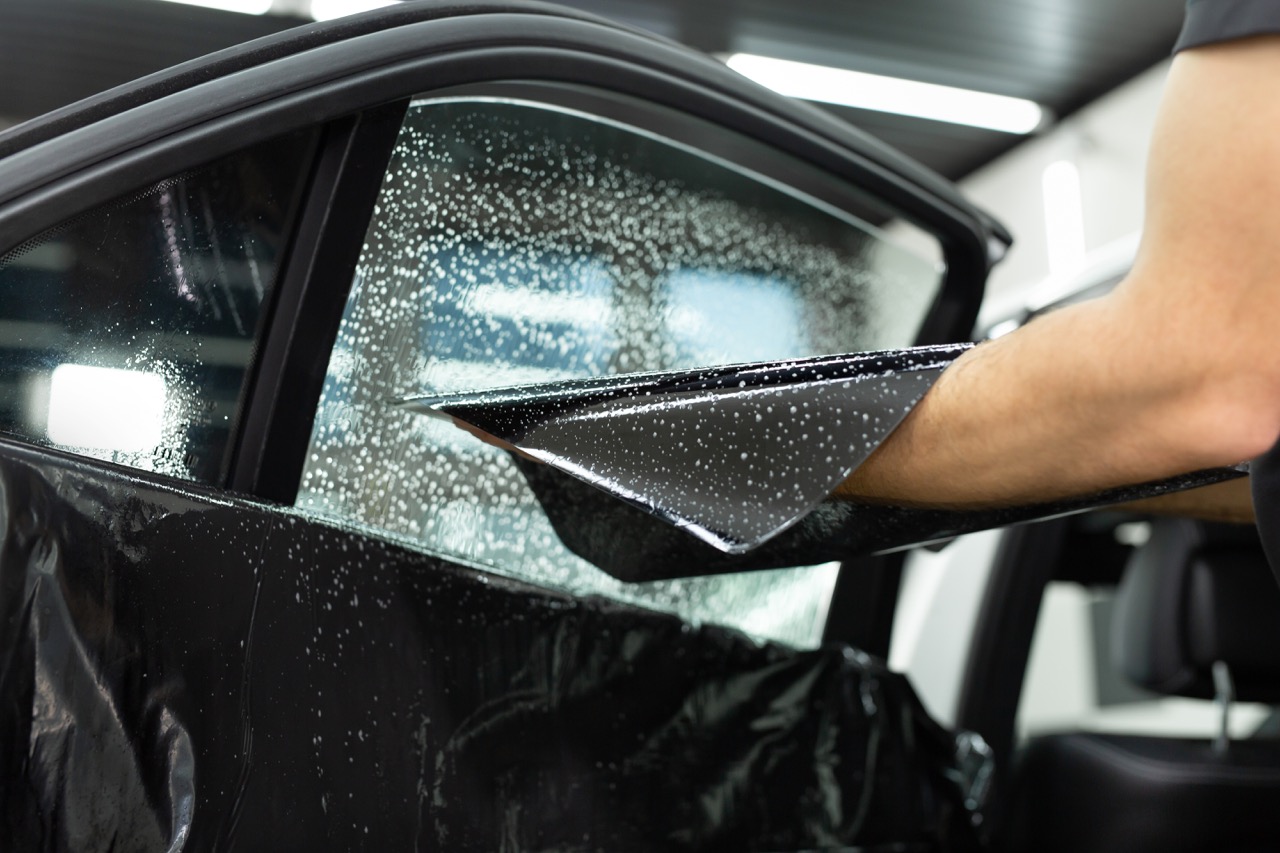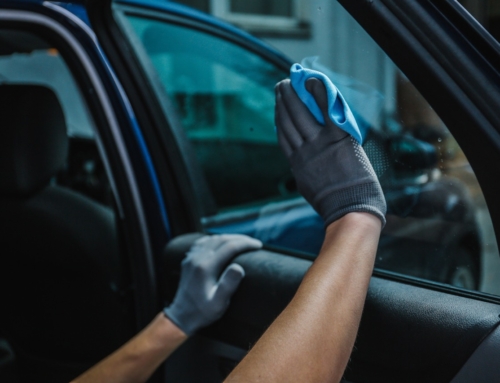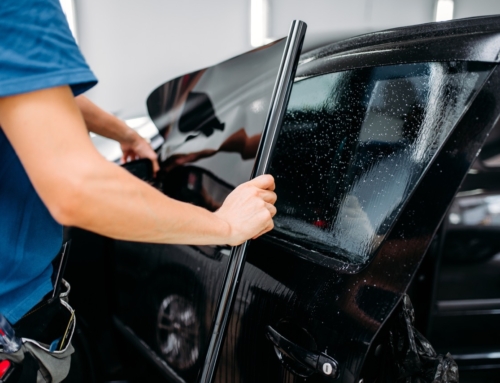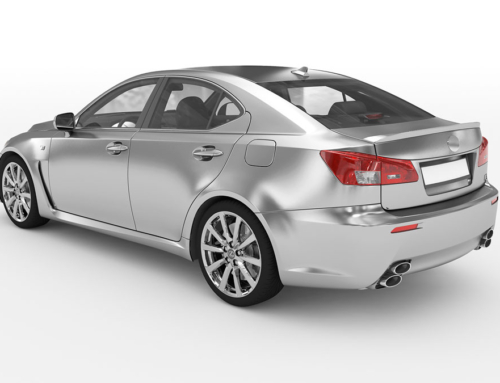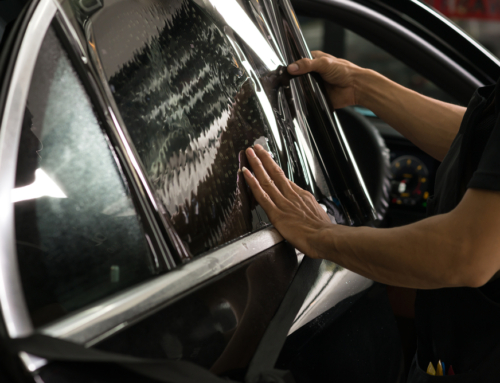What Is Windshield Tinting?
Applying a laminate film to your automobile glass windshield is what windscreen tinting is all about. This process isn’t limited to just aesthetics, it has distinct benefits such as reducing the amount of light entering the car and blocking harmful UV rays from seeping in.
Types of Tinted Windshields
- Metalized Tint: Metalized tint is a type of window film designed to reduce heat and glare. It has a reflective finish that can be applied to both the interior and exterior of windows, making them effective in blocking up to 99% of UV rays. Metalized tint also helps improve energy efficiency by reflecting the sun’s heat away from the home or business. The unique properties of metalized tint make it an ideal choice for people looking to reduce energy costs and increase comfort inside their homes or offices.
- Carbon Window Tint: Carbon Window Tint is a form of window film that offers advantages over traditional tint films. It uses carbon-based dyes to produce a darker, more reflective finish that is capable of reflecting up to 65% of total solar energy. This helps reduce glare and heat buildup in the interior of buildings, as well as UV emissions by providing excellent protection from the harmful rays of the sun. Carbon Window Tint also helps increase privacy and security, making it great for homes or businesses looking to add extra protection without sacrificing aesthetics.
- IR Ceramic Film: IR Ceramic Film is a type of window film that helps reduce the amount of heat that enters buildings. The film utilizes advanced ceramic nanoparticles to create a near-perfect infrared thermal barrier with maximum clarity and durability. It has incredibly low solar reflectance and is capable of blocking up to 97% of radiant heat energy for maximum energy savings. IR Ceramic Film also blocks up to 99% of UV rays, providing superior protection from fading and discoloration inside buildings.
Benefits of tinting your windshield
Tinting your windshield is a terrific way to ensure that sun rays are causing you the least amount of discomfort possible while driving. It not only helps keep direct sunlight out of your eyes, but it also lowers the intensity of heat within the vehicle, which makes for a much more comfortable ride, especially on particularly bright and hot days.
Not to mention, tinted windows can help provide an extra layer of privacy for you and your passengers – a bonus that some might not consider when selecting which shade of tint to go with. With all these awesome benefits of tinting, it’s no wonder why so many people opt for this simple yet effective solution for their vehicles.
Solar Glare Minimization
Tinted windshields also minimize solar glare making for more comfortable driving while still offering personal privacy too! Polarizing lenses can be a great asset, not only in providing UV protection from the sun’s harmful rays but also to block out bright light. This can make it much easier for drivers to take to the roads at night, as polarizing lenses reduce glare from other cars and headlights.
Can you tint your windshield in Utah?
In Utah, you can get your windshield tinted as long as it meets specific requirements. The amount of tinting allowed by law varies depending on the type of vehicle you have.
- Windshield Tint darkness for sedans: Non-reflective tint is allowed above the manufacturer’s AS-1 line or top 4 inches.
- Windshield Tint darkness for SUV and vans: Non-reflective tint is allowed above the manufacturer’s AS-1 line or top 4 inches.
There are also restrictions on the location of the tinting. For example, the front windshield can only be tinted if there is a top strip that is at least six inches wide and allows 70% VLT. If you’re considering getting your windshield tinted, check out the laws in Utah first.
To conclude, windshield tinting in Utah can be a great way to reduce glare and heat buildup, increase privacy and security, and protect the interior of your vehicle from fading or discoloration. However, it’s important to make sure you follow all laws in regard to tinting darkness and location before installing any type of window tint on your windshield.

